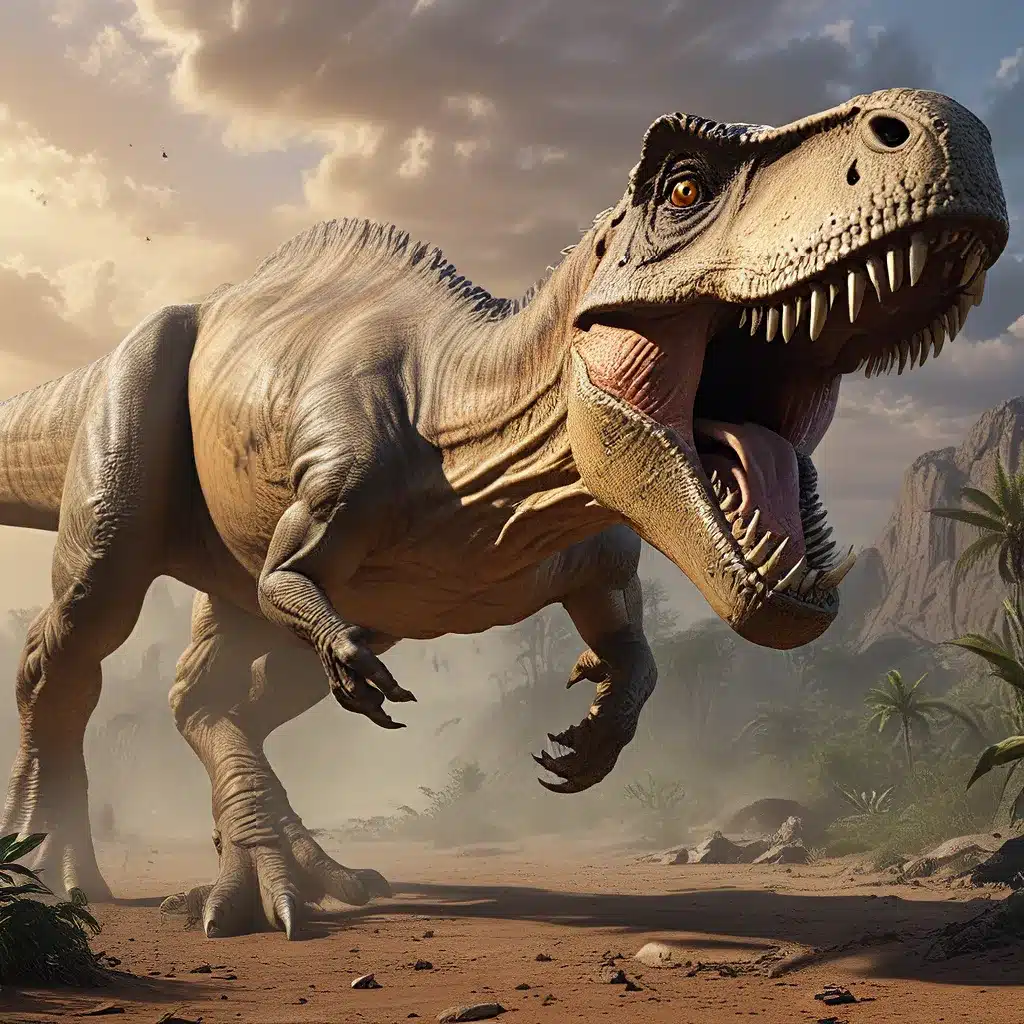
The Enigmatic Origins of Dinosaurs and Birds
The relationship between dinosaurs and birds has long been a subject of intense fascination and scholarly debate within the realms of paleontology and evolutionary biology. For decades, the sudden appearance of the avian features in the fossil record, exemplified by the famous Archaeopteryx, seemed to suggest a miraculous “hopeful monster” transformation – a lightning-fast evolutionary leap from fearsome terrestrial dinosaurs to the graceful, airborne creatures we know as birds today.
However, as our understanding of the fossil record has grown more comprehensive, a more nuanced and gradual picture has emerged. The discovery of feathered dinosaurs in China during the 1990s, as well as the application of sophisticated analytical techniques, have revealed that the transition from dinosaurs to birds was not a single, dramatic event, but rather a slow, step-by-step process spanning millions of years.
Recent research has shown that many of the iconic avian features, such as feathers and wing-like limbs, began to appear long before the first true birds evolved. This suggests that birds did not simply emerge fully formed, but rather adapted and repurposed existing dinosaurian traits to take to the skies.
The Evolutionary Continuum: From Dinosaurs to Birds
One of the key insights from this new understanding of dinosaur-bird evolution is the importance of size reduction and miniaturization. Studies have found that the ancestors of birds, known as coelurosaurs, began shrinking in size as far back as 200 million years ago – long before the appearance of the first birds. This dramatic reduction in body size likely played a crucial role in the eventual development of flight, as smaller animals require a more favorable ratio of wing size to body weight.
But the evolutionary innovations that enabled the dinosaur-to-bird transition went beyond just size. Paedomorphosis, the retention of juvenile characteristics into adulthood, also appears to have been a key factor. Researchers have discovered that the skull shapes of early birds closely resemble those of juvenile dinosaurs, suggesting that the birds’ distinctive features, such as their beaks and large brains, may have emerged through the preservation of embryonic traits into adulthood.
The development of the beak itself is a prime example of this evolutionary process. Studies have shown that the fusion of the premaxillary bones, which give rise to the beak, can be achieved through relatively minor genetic and developmental changes. This demonstrates how small, incremental modifications can lead to the emergence of significant new features, challenging the notion of a sudden, “hopeful monster” transformation.
Feathers and Flight: The Evolutionary Paths
The evolution of feathers and wings has long been a subject of fascination and debate among paleontologists. While feathers were once thought to be unique to birds, the discovery of feathered dinosaurs has revealed that these remarkable structures pre-dated the emergence of avian flight.
One leading hypothesis suggests that feathers may have first evolved for thermoregulation and display, rather than for flight. The concept of “exaptation” – where a feature evolves for one purpose and is later co-opted for another – has been applied to the evolution of feathers and wings. It’s possible that the feathers and proto-wing structures of early dinosaurs were initially selected for their ability to provide insulation or social signaling, before being repurposed for gliding and, ultimately, powered flight.
The wings themselves likely underwent a similar evolutionary path. Early dinosaur ancestors may have used their wing-like structures for catching prey, maintaining balance, or even gliding between trees – abilities that were later refined and enhanced to enable true, powered flight. This gradual process of adaptation and innovation is a testament to the remarkable flexibility and adaptability of life on our planet.
The Fossil Record: Clues from Prehistoric Discoveries
The fossil record has been instrumental in shaping our understanding of the evolutionary relationship between dinosaurs and birds. Iconic specimens like Archaeopteryx, with its mix of dinosaurian and avian features, have provided invaluable insights into the transitional forms that bridged the gap between these two groups.
Pokémon, the beloved video game franchise, has also drawn inspiration from the rich fossil record, creating characters like Archen and Archeops that are based on the Archaeopteryx and other transitional dinosaur-bird species. These fictional creatures not only capture the imagination of fans but also serve as ambassadors for the fascinating world of paleontology and evolutionary biology.
The continued discovery of new fossil sites, such as the Solnhofen Limestone in Germany and the Yixian Formation in China, has provided a wealth of additional evidence to support the gradual evolution of birds from their dinosaurian ancestors. These fossil-rich deposits have yielded a diverse array of feathered, wing-bearing creatures that help fill in the gaps and illustrate the step-by-step process of this remarkable transformation.
The Enduring Mysteries of Dinosaur Evolution
While our understanding of the dinosaur-to-bird transition has grown increasingly sophisticated, there are still many unanswered questions and ongoing debates within the scientific community. The precise placement of Archaeopteryx on the evolutionary tree, for example, remains a topic of discussion, with some researchers favoring a closer relationship to dromaeosaurids (commonly known as “raptors”) while others argue for a more basal position within the avian lineage.
Similarly, the exact mechanisms and selective pressures that drove the evolution of flight are still being explored. Theories ranging from the “trees down” hypothesis (where flight evolved from gliding between trees) to the “ground up” hypothesis (where flight emerged from running and leaping) continue to be debated, with each model offering unique insights into the selective advantages that may have shaped this remarkable transformation.
As new fossil discoveries and technological advancements continue to shed light on the ancient world, the story of dinosaur evolution and the origin of birds is sure to captivate and inspire scientists and enthusiasts alike. The Lost Kingdoms website is dedicated to exploring these fascinating topics, offering a window into the deep past and the remarkable journeys of life on our planet.


